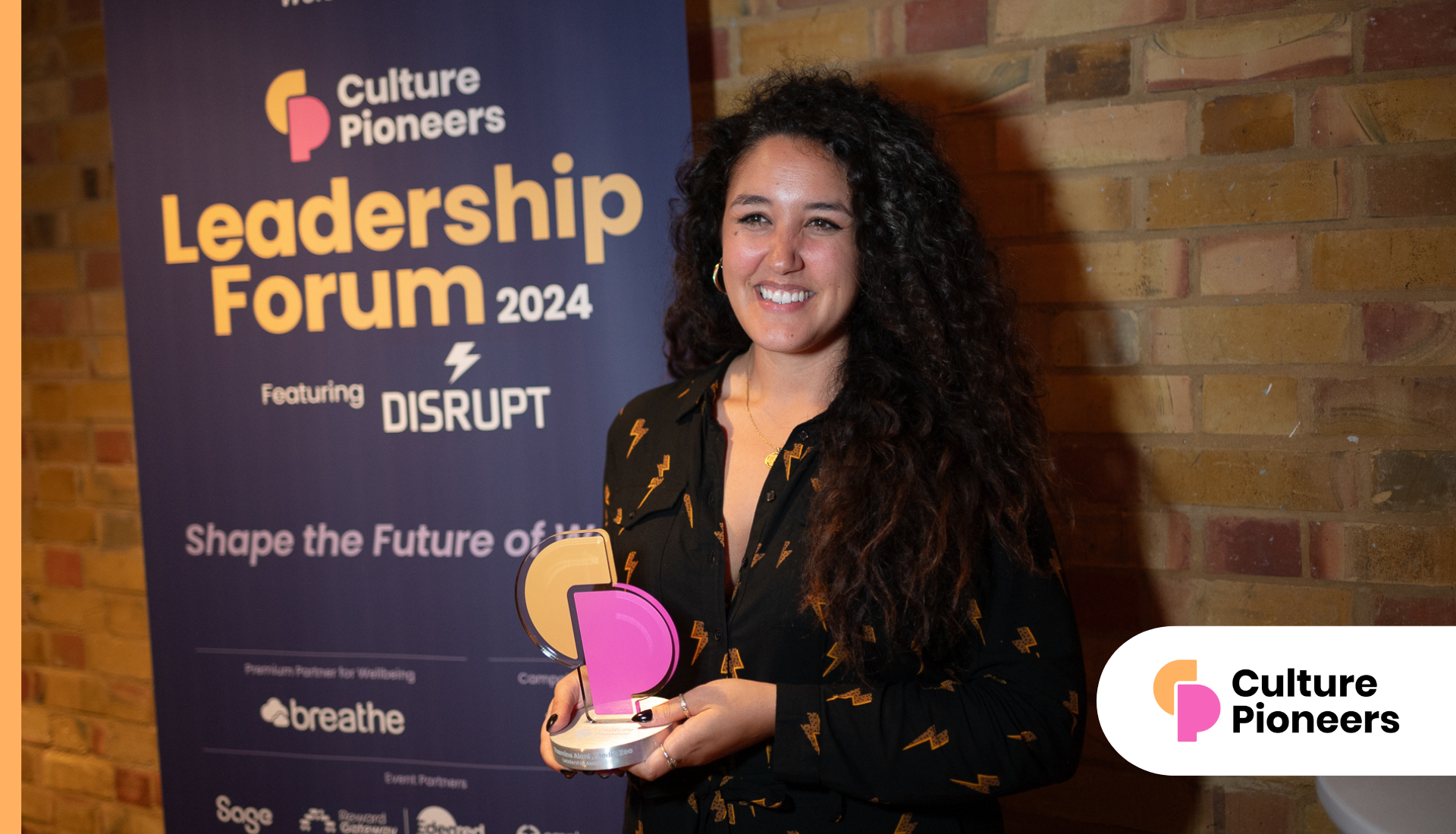
As we get used to it being 2015 and consider what the New Year holds in store for us, it is a good time to reflect on what we would like to achieve this year. Setting and achieving a goal takes commitment and focus and while a lot of people start with best intentions many let their motivation fizzle out and get lost in the busyness of work and personal life. But there is now a simple a way to tap into your deepest resources so you can focus on achieving results. It involves the latest scientific thinking and knowing how to access your ‘Inner Director’.
As many regular readers know, I’m fascinated by the latest experiments in the field of Neuroscience and how the research can help us be more effective and happy in our work. It is exciting to see how the scientific community are now establishing a strong foundation of proof that supports many of the theories about how important our thinking is to our success. I have always respected and valued the ancient wisdom that emphasises the need to ‘quieten the mind’ and ‘know yourself’. However, it was often shrouded in religious practices and psychobabble which made it difficult to discuss in a business setting.
The last 4 to 5 years have produced clear scientific evidence that our ability to manage our thinking can lead to more creativity, energy and general well-being. This in turn allows us to make better decisions and be more resilient in the face of the inevitable setbacks that life throws at us.
Accessing our Inner Director
Our Inner Director is the quiet voice of wisdom that we can only hear when we take the time to clear our thoughts. This means taking a moment to focus on our posture and breathing by concentrating on our ‘direct experience’ (*)(there is more on this in previous blogs on my Website) (*). Focusing on our breathing and allowing it to settle into a relaxed and even rhythm means we calm our thoughts and can simply observe the specific sensations in our body. Once we directly observe the sensations in their raw form and let go of what we are making them mean, we enter a state of Mindfulness. Many scientific studies are now demonstrating that Mindfulness is the key to more creativity, energy and general well-being because it dampens the stress hormones produced by a threat response and boosts the feel-good hormones produced by a reward response.
It is worth mentioning here that a threat response produces high levels of cortisol making the brain fearful and putting it into a ‘flight or fight’ mode. It also makes the brain produce ‘accidental’ negative connections that we believe are real. Our brain then spends precious energy seeking proof for this belief and if it seeks hard enough it will see evidence where there may not be any, because the brain craves certainty.
On the other hand, a reward response produces neurochemicals like dopamine which create a ‘toward’ mode, stimulating an open mind, curiosity and interest. It also creates more neural connections per second which leads to increased creativity and finding solutions.
Utilising the Inner Director
When we develop goals we often think of the specific thing we want to achieve or have. This is not enough. In order to maintain focus, energy and momentum, especially over a longer timeframe, you need to think about your goal on a number of levels. A useful model to use is the Personal Alignment model (sometimes called Logical Levels) originally designed by Robert Dilts. I have adapted it slightly to incorporate a number of mind-sets that assist with the thinking required to answer the key questions below.
I invite you to consider an important goal you want to achieve in 2015, give yourself some time to be Mindful and then think it through using the following four levels, in two phases. Phase one is about exploring your current thinking about your goal. Phase two is about exploring the thinking you need to develop in order to succeed.
Begin by taking a few deep gentle breaths, relaxing completely on the out-breath and notice the sensations in your body without making them mean anything. Then, starting at Level 1, ask yourself the questions and progress through the Levels. When you get to Level 4 take another moment to pause and be Mindful. Then complete the sequence by continuing back through the levels as laid out below.
Level 1 – The Instructor Mindset: This is all about thinking through what needs to be done and the standards or criteria that need to be achieved. Key questions to begin with:
- How specifically will you know you have achieved your outcome?
– What will it look like?
– What will it sound like?
– What will it feel like?
- What don’t you want?
- Where do you want it?
- When do you want it?
Level 2 – The Mentor Mindset: This is all about thinking through what skills and capabilities that you need in order to achieve your goal. Key questions:
- What skills and capabilities do I already have to help me succeed?
- How effectively do I currently use them?
- What does using these skills and capabilities look, sound and feel like?
Level 3 – The Coach Mindset: This is all about thinking through what you believe and value most about your goal. Key questions:
- What’s been most important for me up until now?
– What’s important about that?
- What do I currently believe to be true or untrue about my goal?
– These may be quite subtle so listen carefully to your Inner Director
Level 4 – The Inner Director Mindset: This is all about thinking through the purpose of your goal and the role you need to play in order to achieve it. Key questions:
- What role(s) do I play in the context of my goal?
- What has my purpose been up until now within the context of this goal?
Now pause and take a moment to be Mindful of your answers so far. Notice how you are breathing and what sensations you are having in your body as you think about your goal and any insights you have gained by answering the questions.
The next phase is to go back through the Levels reviewing the questions with a view to using your insights and allowing your Inner Director to create an even more meaningful and inspiring set of answers.
Level 4 – The Inner Director Mindset:
- What is an even more meaningful or higher purpose to focus on?
- What role(s) do I need to play in order to succeed?
Level 3 – The Coach Mindset:
- What needs to be most important for me to succeed?
– What is important about that?
- What needs to be true for me to succeed?
– What useful beliefs do I need to hold and seek evidence of?
Level 2 – The Mentor Mindset:
- What skills and capabilities do I need to develop to ensure success?
- What does using these skills and capabilities look, sound and feel like?
Level 1 – The Instructor Mindset:
- What actions do I need to take tomorrow, next week and next month to ensure I succeed in achieving my goal?
Be very specific!
- Who else do I need to involve?
- What additional resources do I need?
When doing the above exercise be playful and notice what comes to mind. Some of the questions may draw a blank and that gives you a clue about where there may be gaps in your thinking or motivation. This creates an opportunity to pause and practice being Mindful so you can notice what subtle thoughts you have about it. Alternatively you may want to get a trusted colleague or friend to ask you the questions so you don’t need to think about the ‘process’ and just answer the questions. It is also very powerful to simply record your answers on your phone or other device and then write down all the key points as you review it.
The power of this exercise lies in the fact that the science now shows us that it is more beneficial to stay focused on what you want (rather than what you don’t want) because it stimulates dopamine production and this keeps you optimistic, creative, interested and engaged. Having a clear sense of purpose is also a powerful driver because it creates certainty and that gives the brain a reward response. Understanding your values (what is most important to you) helps you to make decisions that support you in the achievement of your goal, and making decisions also promotes autonomy, another reward response for the brain. A clear set of beliefs that you can seek evidence of, creates an expectation that will stimulate the brain in a positive manner – this helps it to make new connections and gain insightful solutions. Finally, it is also good for the brain if you create a series of small milestones to achieve along the way because this helps to give your brain lots of dopamine boosts that encourage and enhance all of the above.
So, I invite you to have a go at accessing your Inner Director to guide you through 2015 to new levels of success and achievement. (If you are interested in more information and resources about Mindfulness just click here)
Do let me know how you get on.
Remember . . . Stay Curious!
With best regards
David Klaasen




